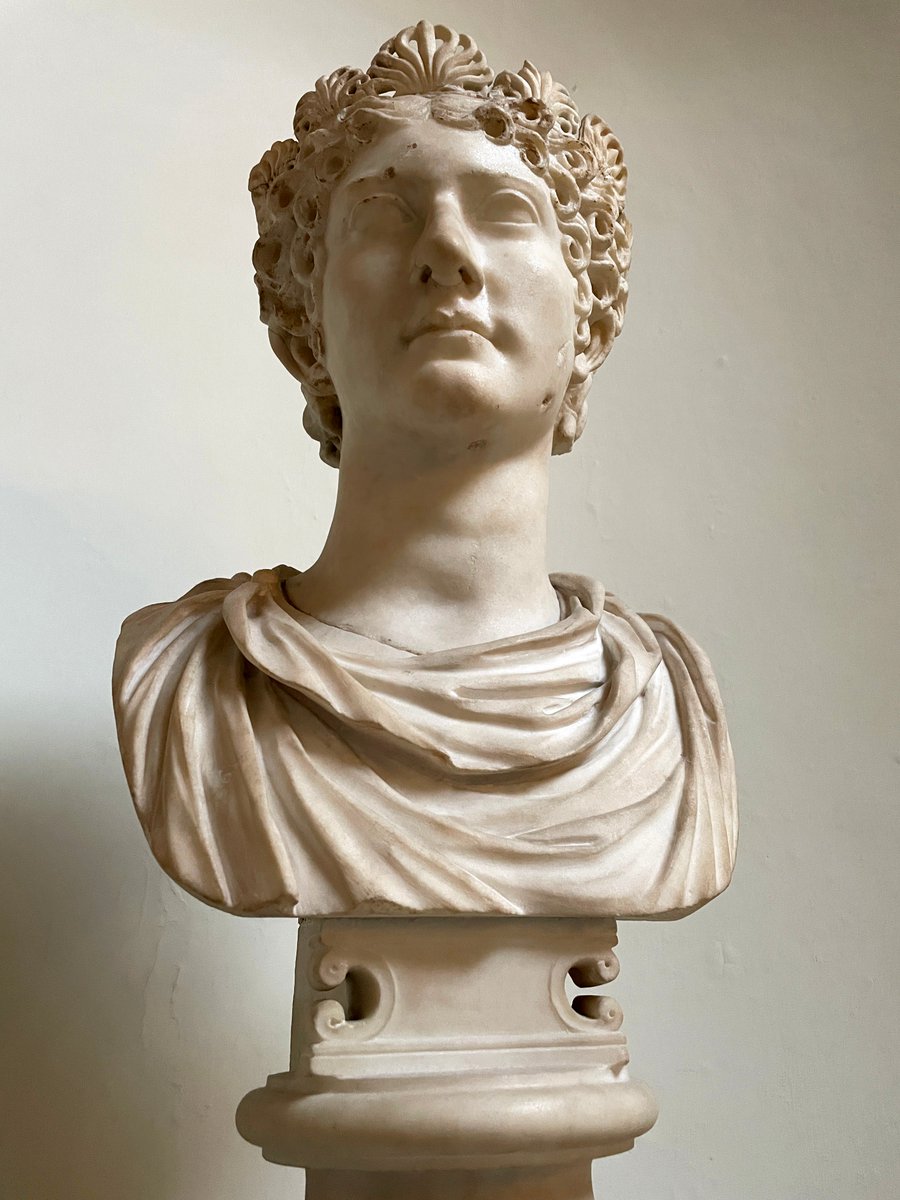
Roman agate intaglio with a remarkable depiction of Trajan's hexagonal harbour. Constructed in 103 AD, the hexagonal basin covered an area of almost 100 acres. Visible on the intaglio are covered porticoes, square warehouses and a temple with arched pediment and statue inside. 

Trajan's hexagonal harbour is still visible today near the runways of Rome's Fiumicino airport, as a reed-filled lake known as 'Lago Traiano' - it now lies almost 3km from the sea. 

• • •
Missing some Tweet in this thread? You can try to
force a refresh



























